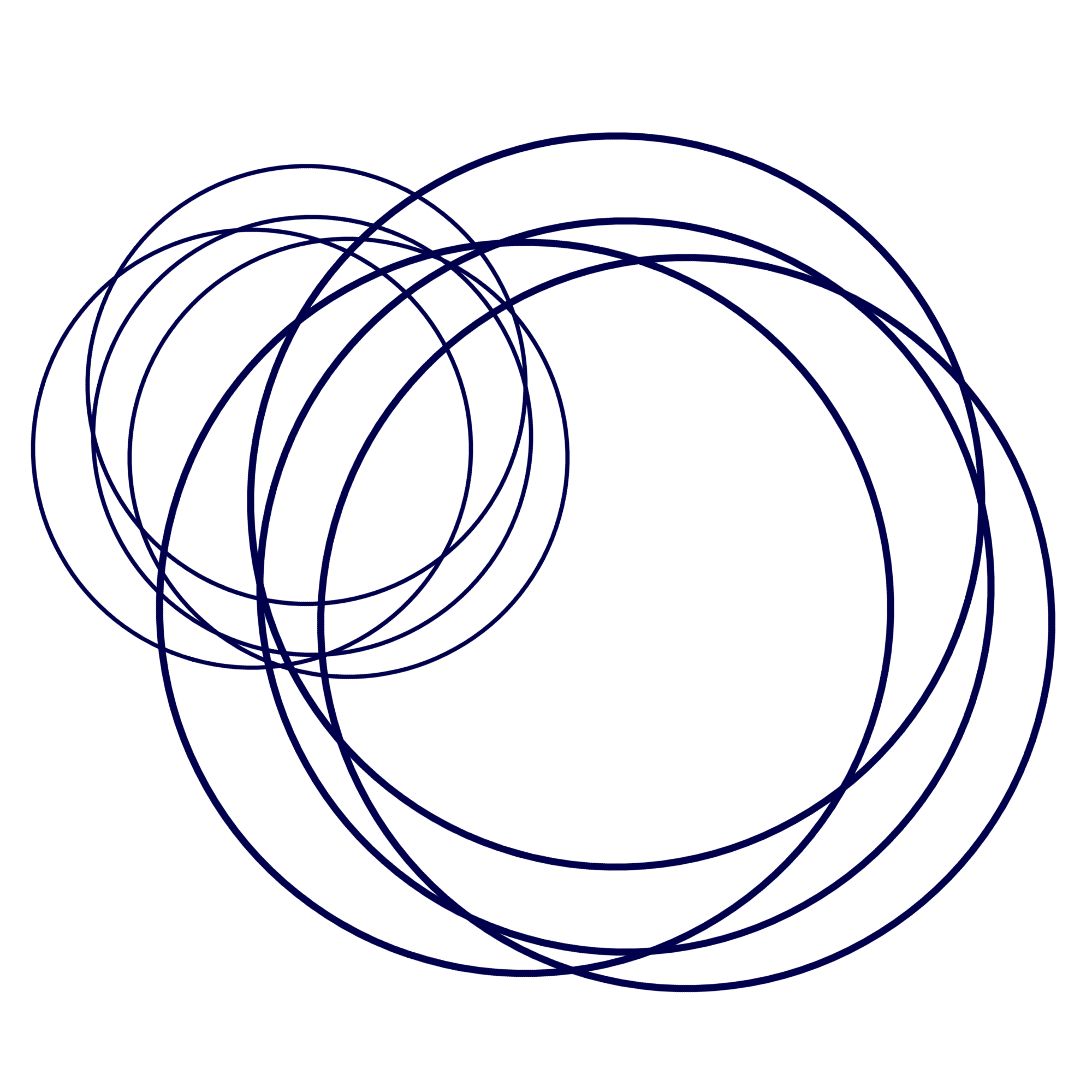Ever since Paul de Man’s "Shelley Disfigured," we have come to see Percy Shelley’s final, unfinished poem, The Triumph of Life, as a symptom of the end of Romanticism and Romanticism as end. If or once things are over, why bother to re-visit the end? This is one of many questions Shelley’s poem compels its readers to ask, which is in turn to ask why we any longer need to re-visit the poem at this a time when so little apparently rests on our doing so. So, as if to prolong the idea of an end (whatever that might be), this volume is comprised of four essays compelled to return to the same poem, as if to read the poem as a crime scene that leaves a barrage of clues, none of them adding up to a crime, but each lingering differently with Shelley as Shelley lingers with life and history and as we linger (or not) with the shadows his future casts (or not) upon our present moment, which seems more than ever beyond our grasp, if it ever was within our ken. Why even bother? But then again, and just in case: if so little and so much is at stake, why not?
Abstract
This is an essay about a minor event in a major poem. I hope to demonstrate how the minor event of a detached poetic image offers us a way of understanding what is in back of or behind the proto-cinematic energies on display in The Triumph of Life (1822). And I am also interested in exploring the inverse proposition: can the “minor” lyricism of our own contemporary cinema open a means of beholding the image-event in Shelley’s poem?
Abstract
The Triumph of Life compels us to read it, asserting how much reading, Romanticism, and reading Romanticism are all different modalities of compulsion that structure our cultural, historical, and material lives.
Abstract
This essay challenges Paul de Man’s famous reading of figurality in Percy Shelley’s The Triumph of Life to show how the poem thinks love as a figural-material quantum entanglement between two people that models a new materialist politics. I argue that for Shelley the “shape all light” and its interaction with the rainbow evince one instance of this figural-material phenomenon.
Abstract
Ever since Paul de Man’s “Shelley Disfigured,” we have come to see Percy Shelley’s final, unfinished poem, “The Triumph of Life,” as a symptom of the end of Romanticism and Romanticism as end. If or once things are over, why bother to re-visit the end? This is one of many questions Shelley’s poem compels its readers to ask, which is in turn to ask why we any longer need to re-visit the poem at this a time when so little apparently rests on our doing so.
Abstract
Focusing on the import of the last four lines of The Triumph of Life, “Rhymes of Wonder: Otherness without Distortion” explores the possible future that lies beyond the horizonal walling off of a triumphal Life that Shelley’s poem describes. Using Deleuze and Guattari to follow the traces of where dizzying speed can get us, the essay suggests that Shelley was headed with full speed toward the post-human, breaking off only with the stumble that inevitably occurs when human language fails to articulate what it cannot imagine.
Abstract
This essay reads the third-to-last line of Shelley’s The Triumph of Life, “as if that look must be the last,” as an aside that asks what occurs after that last look. In a post-Waterloo poem that imagines a hallucinatory end-of-the-world scenario amidst several last things, including a kiss, Shelley explores the adjacencies opened up by his unfinished late piece. It also turns to disparate works by Jean-Jacques Rousseau and Peter Hujar that serve as further instantiations of the kind of lastness that the poem complexly meditates on.

